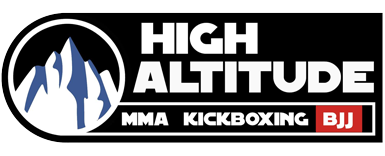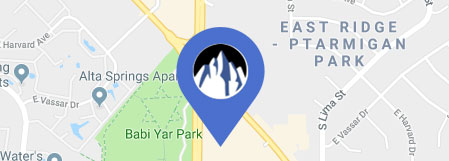Good BJJ Warmups
Warming up before Jiu Jitsu is critical to protect both you, your muscles, and your joints from injury during training. That may feel like common knowledge but understanding how and why warmups prevent injury will not only help motivate you to consistently warm up before training but also to help tailor your warmups to your body and your needs. If you would rather skip the science stuff and go straight into the recommendations, you can jump to that section. But you shouldn’t.
What does warming up do?
Regardless of what you have heard from your high school coaches, local gym bros, TikTok and Instagram influencers, etc., warming up is almost universally good. For this article, we are citing two very well established and commonly cited scientific papers in the field of sports science. Further, these are meta-analyses of several studies which means they are comparing, contrasting, and synthesizing information from other high-quality sources which is commonly understood to be the highest quality form of scientific papers.
What qualifies as a warmup1,2:
- Anything that increases the heat of a muscle
- Passive: Sauna, hot shower, heating pads
- Active: Some type of physical activity, the best is specific warm-ups (duck walks, grappler sit-ups, double leg shots, inversions, etc.)
- Increasing heat DOES NOT mean exertion. You should feel warmer, maybe even slightly sweating but you should not be tired at all.
Warmups do several things for your muscles and joints1,2:
- Increases speed and force of muscle contractions
- Increases blood flow to the muscles
- Promotes oxygen delivery
- Higher temperatures in the muscle allows your blood to deliver oxygen more efficiently to your muscles
- When our muscles do not have enough oxygen to meet energy demands they switch from aerobic (w/ oxygen) to anaerobic (w/o oxygen) energy production. Anaerobic energy production also produces Lactic Acid, which makes us sore. More efficient oxygen delivery allows us to rely on aerobic (w/ oxygen) energy production for longer, which not only generates energy more efficiently but also reduces soreness.
- Increases the maximum length a muscle can be stretched before experiencing a tear
- Less taps to joint locks
What should a warmup look like?
For Jiu Jitsu, your warmup should include a lot of stretching since it relies so heavily on flexibility for both offensive and defensive techniques. Stretching not only increases the length of a muscle but also increases its strength. There are several different kinds of stretching that you can try. There is not a clear answer about which method is the best, but they are all good and you should do the one that feels the best.
Stretching1,2:
- Static
- The classic stretching method. Example: reach for your toes until you feel a light stretch, hold for 30 seconds, release, repeat.
- Dynamic
- Using movement, bouncing, or jerking to stretch. Example: high knees, windmills, bouncing while reaching for your toes, etc.
- PNF (proprioceptive neuromuscular facilitation)
- This is sort of a hybrid between the two where you first perform a static stretch, contract the muscle, then return to a static stretch. Example: reach for your toes, stand up straight, bring your heel up to your butt (contraction), bring your heel to the floor, then reach for your toes again.
Jiu Jitsu is a full body exercise so these stretches should target your major joints (shoulders and hips) and your major muscle groups (hamstrings, quads, chest, and back). For specific warm-up activities and exercises, see our article [link] for those.
In a nutshell, your warmup should be done within 15 minutes of the start of your training where you perform a mixture of both active warm-up activities and stretches. You should stay within 40-60% of your maximum exertion and look to break a slight sweat. Your muscles should not feel like they are tired at all. This looks very different for everyone, so figure out what works for you and your body and don’t compare yourself to anyone else.
1. Woods K, Bishop P, Jones E. Warm-Up and Stretching in the Prevention of Muscular Injury. Sports Med. 2007;37(12):1089-1099. doi:10.2165/00007256-200737120-00006
2. Fradkin AJ, Zazryn TR, Smoliga JM. Effects of warming-up on physical performance: a systematic review with meta-analysis. J Strength Cond Res. 2010;24(1):140-148. doi:10.1519/JSC.0b013e3181c643a0





